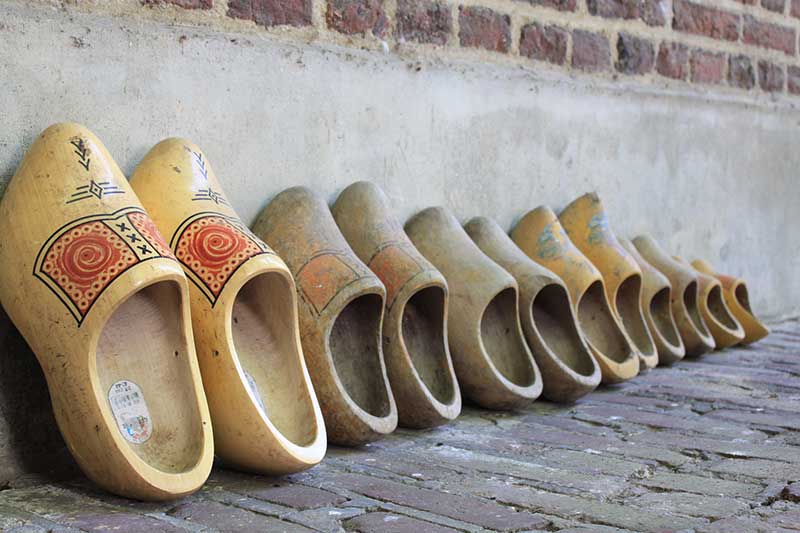For many years, bridge keepers at the moveable bridges and the lock in Friesland have been collecting bridge fees. The bridge keepers do this with a wooden clog on a fishing rod: a beautiful tradition which is greatly appreciated by visitors. They are proud of this piece of cultural heritage and therefore like to keep it alive.
Bridges in the municipalities
The movable bridges allow tourists and commercial shipping to pass through unhindered. During the sailing season from April 1 to November 1, they charge a toll at these bridges and the lock.
Personal contact
The bridge operator waves the clog at the passer-by who then pays the bridge fee. This action takes place in a fluid motion. In this way, the bridge operator maintains personal contact with the visitor or passerby. The clog and the bridge keeper are regularly photographed. Especially in the summer, the bridge keeper is asked for information on a daily basis. The bridge keeper also keeps an eye on the environment. The clog regularly provides talking points and a bit of added value to the work of the bridge keeper.
Origin of the wooden shoe money
It is difficult to find out when the levying of wooden shoe money started. However, documentation from the end of the 19th century shows that it was a form of toll collection. One passed a bridge and that was taxed with a toll. It is likely that a bridge keeper, for practical reasons, made the wooden shoe with a rod to collect the money. After all, the ship was sailing through and it was difficult to stop at every bridge.
Much published
In the course of time it has been regularly published. Both about alternative possibilities such as a scale, but also about abolishing it. There was also regular underpayment or non-payment, which resulted in lawsuits. Often, offenders were fined, for example, 10 guilders. The clog fee in the early 20th century was 5 or 10 cents. Nowadays it is 1 euro.
Earlier years
In earlier years, it was mainly the professional shipping industry that was burdened with the clog money. Nowadays it is mainly the pleasure cruising. Over the years, you can see that municipalities are increasingly abolishing the wooden shoe money. It is said not to be customer friendly and it hinders free passage.
Personal contact
The other side is the personal contact with the passer-by, the provision of information and the preservation of a special tradition.


